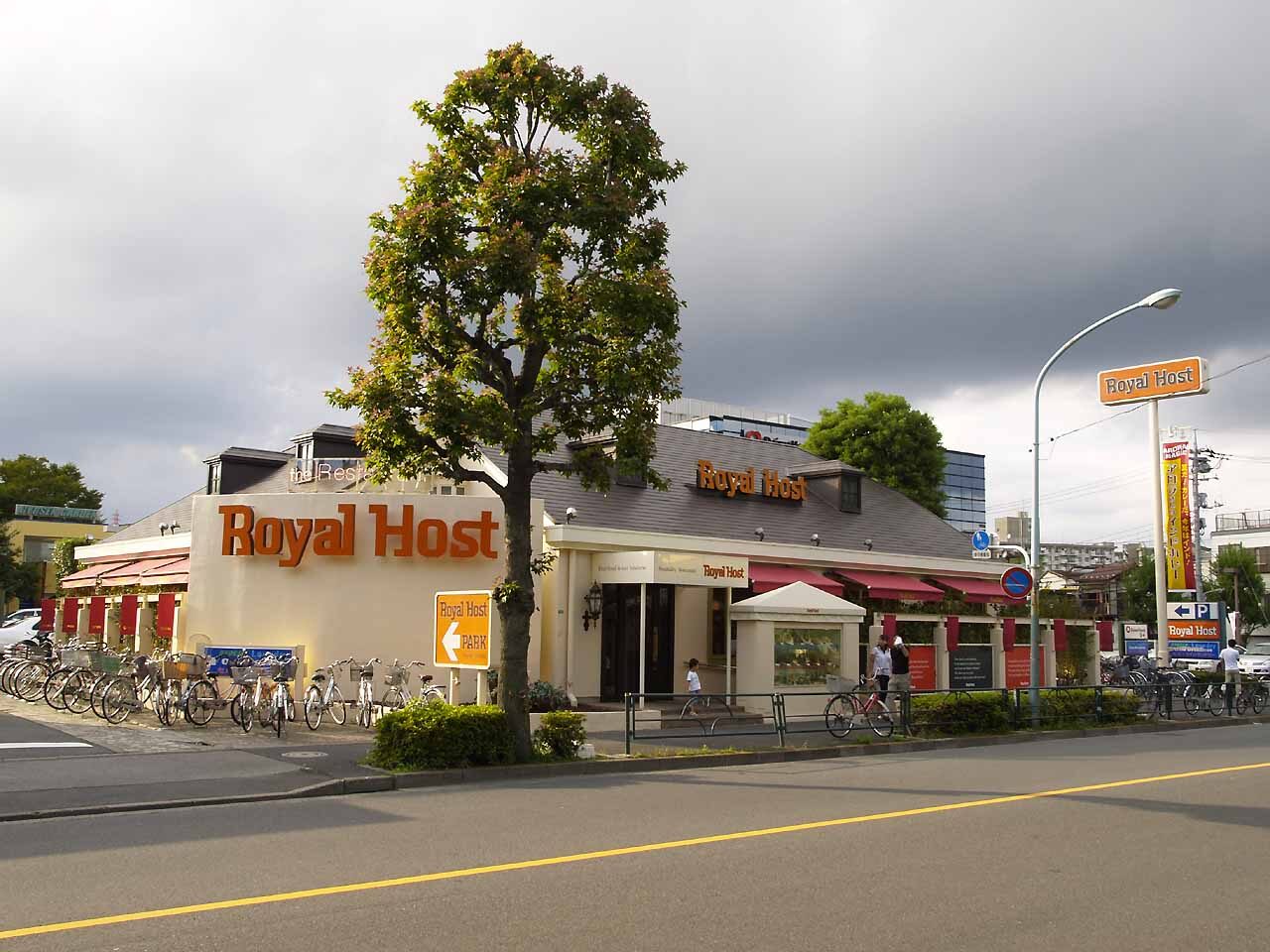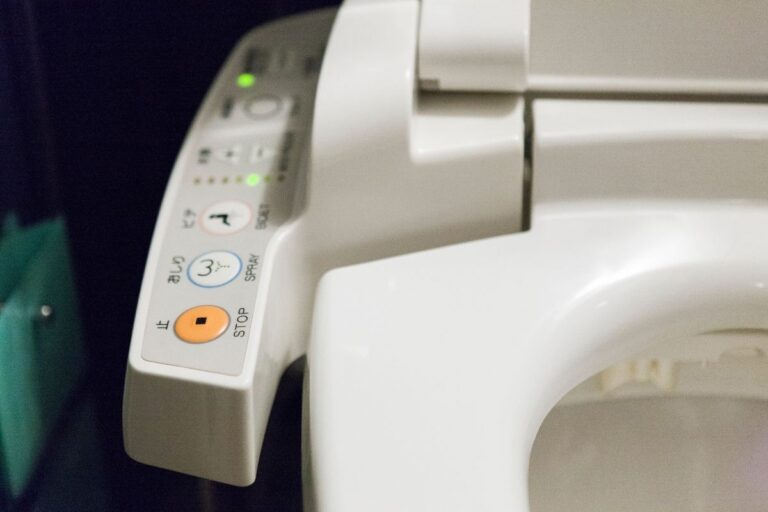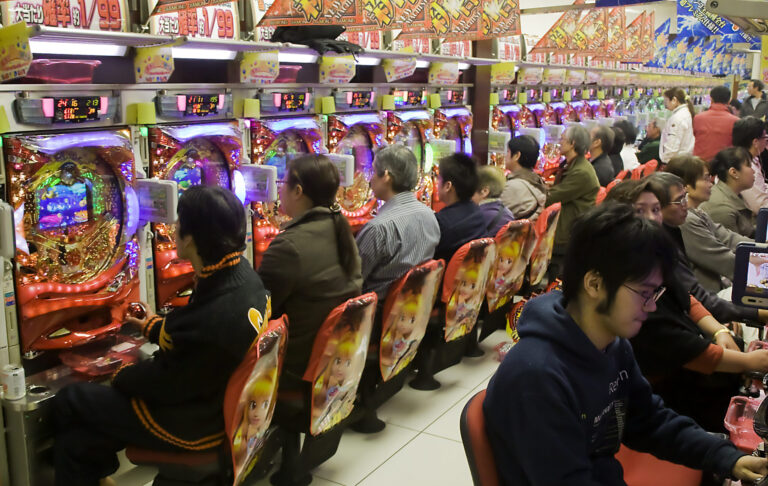 If you’ve read our entry on Japanese table manners, you’ve learned a few tips for dining while in Japan. However, there are a few cultural differences that you may encounter that have nothing to do with courtesy. Knowing what to expect will help you seem less confused. You’ll find most of these differences at just about any restaurant in Japan, whether Japanese or Western in nature.
If you’ve read our entry on Japanese table manners, you’ve learned a few tips for dining while in Japan. However, there are a few cultural differences that you may encounter that have nothing to do with courtesy. Knowing what to expect will help you seem less confused. You’ll find most of these differences at just about any restaurant in Japan, whether Japanese or Western in nature.
How to order: When visiting a restaruant, you may be surprised to find that no server is coming to your table. In Japan, the servers give you time to settle in and look at the menu and won’t come over until you’re ready. In family restaurant (famiresu)–restaurants with a wide variety of Western and Asian dishes, somewhat similar in decor to family restaurants you’ll find in the West–especially, you’re likely to find a call button on your table. When you’re ready to order or if you need refills or anything else throughout your meal, push the call button. This will signal to the servers that you would like assistance. If you don’t find a call button on your table, you may call over a server by saying “Sumimasen” (“excuse me”) when a server passes by.
No tipping: Unlike in the West, where servers are often paid less than minimum wage with the understanding that diners’ tips will make up the rest, there’s no tipping food servers in Japan. Servers make minimum wage or more because they do not count on tips. Of course, this means you’ll have no way to show your displeasure if you’re unhappy with service other than complaining to the manager. However, Japanese servers will more often than not provide excellent service and don’t need tips as motivation. (If you tip, you’ll likely just confuse the servers, so don’t feel obligated out of habit to tip for excellent service.)
Eating with chopsticks: Unless you’re eating in a Western restaurant, you’ll most likely be provided only with chopsticks. Taking the time to learn to eat with chopsticks can help you be immersed in the culture. However, if you’re in Japan on a limited basis or you simply can’t master the utensils, you may be able to ask for forks and knives.
Smaller portion size: America in particular is often made fun of by the rest of the world for serving huge portions. If you’re used to American portions, you may be surprised to find that Japanese food portions are much smaller.
Have you ever eaten in a restaurant in Japan? Do you have any funny stories to share about cultural miscommunication? Do you like the idea of not tipping servers and having the servers paid higher wages?
No related posts.
Tags: Food, japan, japanese culture, lunches, restaurant, table manners



